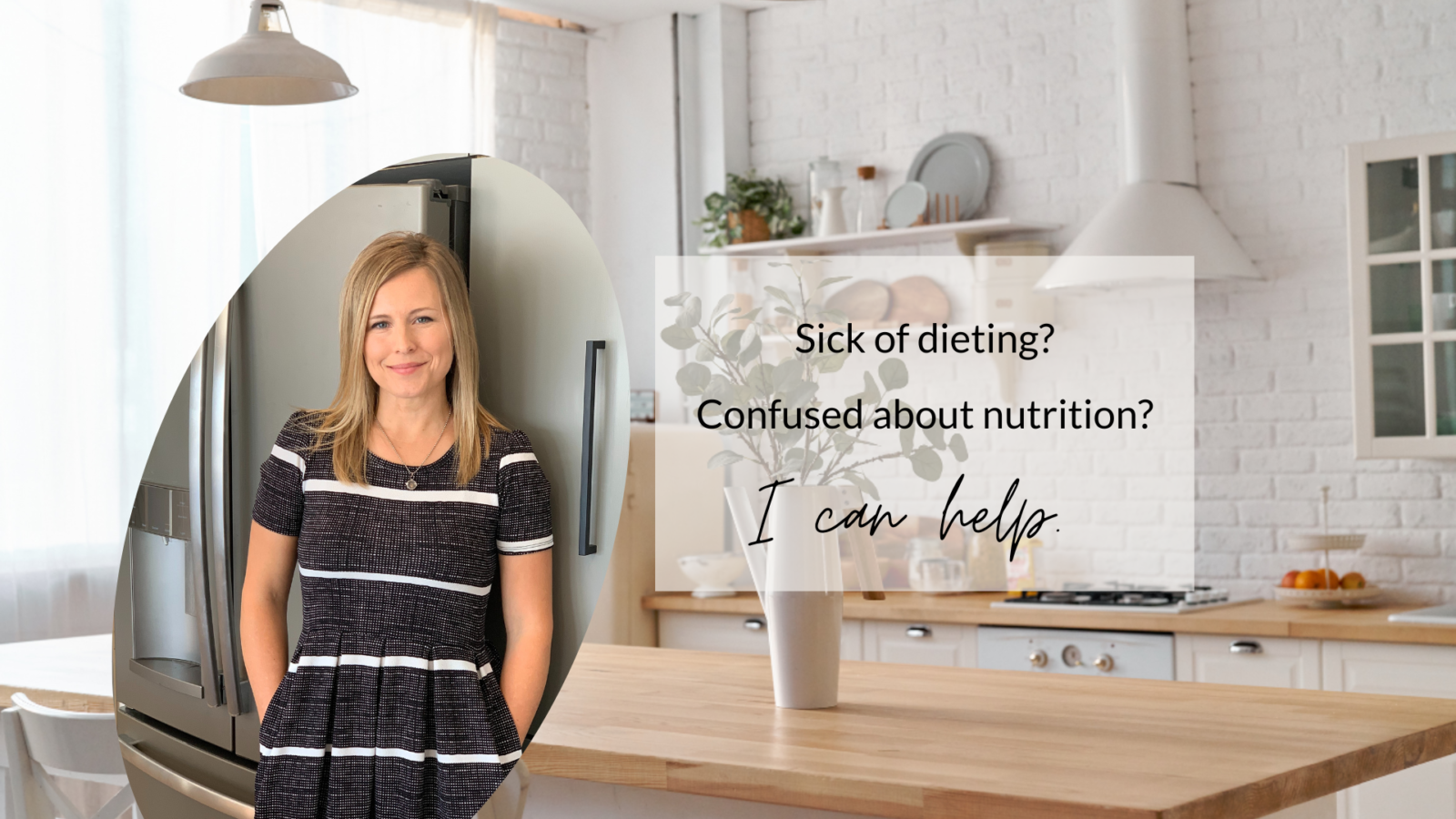One of the most difficult concepts to grasp within the “eat with grace” philosophy is how do you allow yourself to eat what you want AND make wise choices at the same time. My answer to this question: It’s a process, and it is going to look different for everyone.
Step 1: Know your identity.
You need to know who you are and WHOSE you are. You need to know that your body was given to you as a gift and for a purpose, and when you realize this, it will change how you see your body and how you treat it. Once you have come to value the physical body you have (even if it does not meet your size or shape preferences), it will help you to realize how you may be harming or helping it through your daily choices.
Step 2: Challenge your beliefs about food.
Food is not a moral issue. Food is not good or bad. Food in itself is not sinful, nor is it pure or divine. Food is not merely a catalyst for weight gain or loss. Food provides nutrients for your body to function, but it should also appease your taste buds and provide satisfaction as well. If you have any unhealthy beliefs about food, try to figure out where they came from. If you have followed certain diets in the past, you know that many will demonize foods or food groups, which can result in creating underlying fear or anxiety around that food. If you have any foods that you are “scared” to eat, you can start reintroducing those foods into your diet. It is important to get to a place where no foods are off limits.
Here are some questions you can ask yourself:
- What foods do often I crave?
- Am I currently restricting any foods, and if so, why?
- What foods are really satisfying to me, even in small amounts?
- How do I feel after eating these foods? (i.e. sick, full, still hungry, unsatisfied)
- If I ate exactly what I wanted all day long, would my choices would be healthy, junk, or a balance of both?
- How do I feel physically after eating whatever I want?
- Is there room to make wise choices AND allow for pleasure eating simultaneously?
When you really start paying attention to not only how food tastes, but also how it makes you feel afterward, you will begin to know your body and how certain foods make it feel.
Step 3: Be intentional
When you are at a place where what you eat is no longer seen as just a source of calories, you can begin making intentional choices around food. Meal planning can help take the stress out of making impromptu decisions about what you are going to eat, and it also helps you to ensure that you are getting a wide variety of food and nutrients in your diet. Meal planning is just a plan. It is not a rigid diet plan to follow, but more a guideline for you to use for grocery shopping and meal preparation. It is a fluid and flexible tool to help you plan in some healthy choices allowing you the opportunity to change your mind at any time.
When it comes to finding balance between “healthy” foods and “junk” foods, the amount and frequency matters. There are foods that we know we should eat more of and foods that we should eat less. If you know that you don’t eat enough fruits and vegetables, then make those items a priority on your grocery list. If you know that you drink more soda that you probably should, then be intentional about how often you have it. These choices do not have to be black and white. Some days you are going to eat “healthier” than other days. Every day is different, with different schedules, circumstances, emotions, and foods. You do the best with what you’ve given, and give yourself grace for the rest.
Choosing to make wise choices within the context of eating with grace is possible. You just have to listen to your body.



 Confessions of a Chronic Dieter
Confessions of a Chronic Dieter